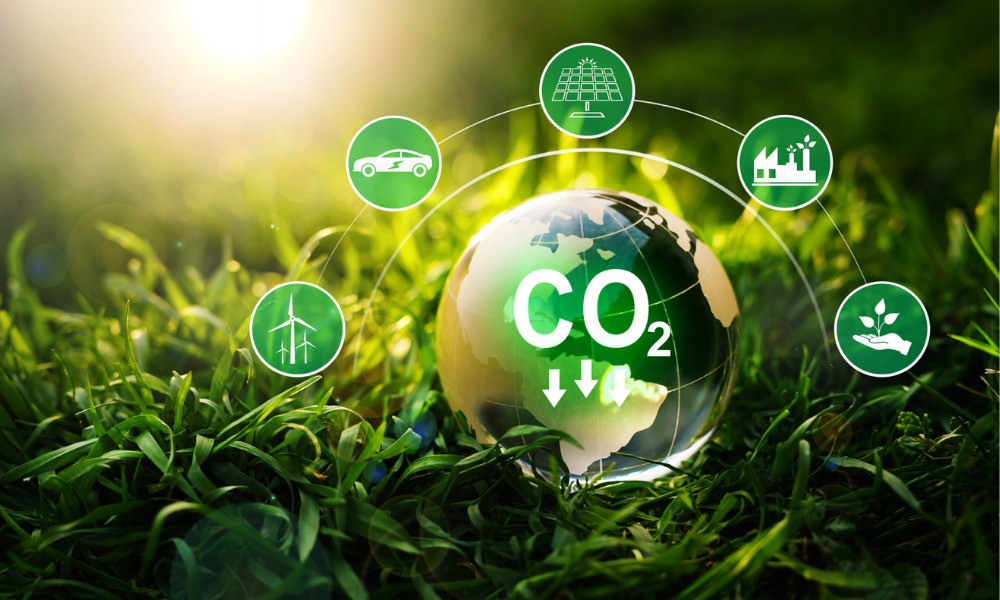The market for carbon credits is gaining momentum in recent years. Corporate net-zero targets and interest in meeting global climate goals have stimulated the voluntary market. Carbon credits are a simple way to buy carbon emissions from projects that would happen anyway. For example, one investment firm pays farmers to convert their fields into forests and sells the credits to corporations. Others claim to have planted trees through a government conservation program.
Market for carbon credits
The market for carbon credits is a financial product that aims to offset an organization’s environmental footprint. It is growing rapidly and is expected to reach $1 billion by 2021. According to the Ecosystem Marketplace, a nonprofit that studies environmental finance, carbon credits are already worth more than $500 million. The market has also gained traction in recent years as more companies commit to reducing their carbon footprints. However, it has many obstacles to overcome, including a lack of data, limited availability of financing, and poor risk management.
One of the most significant challenges is the lack of high-quality carbon credits exchange. Verification is a lengthy process and often carries a high degree of uncertainty. Moreover, co-benefits from carbon credits are rarely well defined, and they require long lead times. These problems are particularly challenging for sellers of carbon credits, who must deal with unpredictable demand and cannot always fetch a reasonable price. Further, there are few risk-management services and low liquidity in the market.
Common features of carbon credits
Carbon credits can be used for a variety of purposes, but many have the same common features. A key element of a carbon credit is its origin. Carbon credits are produced in projects that reduce greenhouse gas emissions. These projects are often community-based, and are typically managed by local community groups. They can be more expensive to certify, but they also tend to have more co-benefits and contribute to the UN’s Sustainable Development Goals. In addition, these credits can be traded at a premium over those from industrial projects.
Carbon credits can be traded on private exchanges or over-the-counter. Most carbon credit projects operate under the Verra Carbon Standard, which was developed by a nonprofit group of business and environmental leaders. This standard aims to ensure the quality and consistency of carbon credits, and it has been the basis for many transactions.
Cost of carbon credits
With increasing awareness of climate change and the implementation of net-zero targets, the cost of carbon credits is expected to increase significantly in the coming years. The current price range for carbon credits is between $20 and $50 per metric ton of CO2, but recent price movements in the EU Emissions Trading System indicate that the price will be closer to $110 per metric ton by 2035.
Carbon offsets can be produced by several methods. For example, companies can invest in renewable energy sources or make a switch from fossil fuels. They can also increase the efficiency of their operations globally, provide better cookstoves to impoverished regions, or capture carbon from the atmosphere to produce biofuel.



